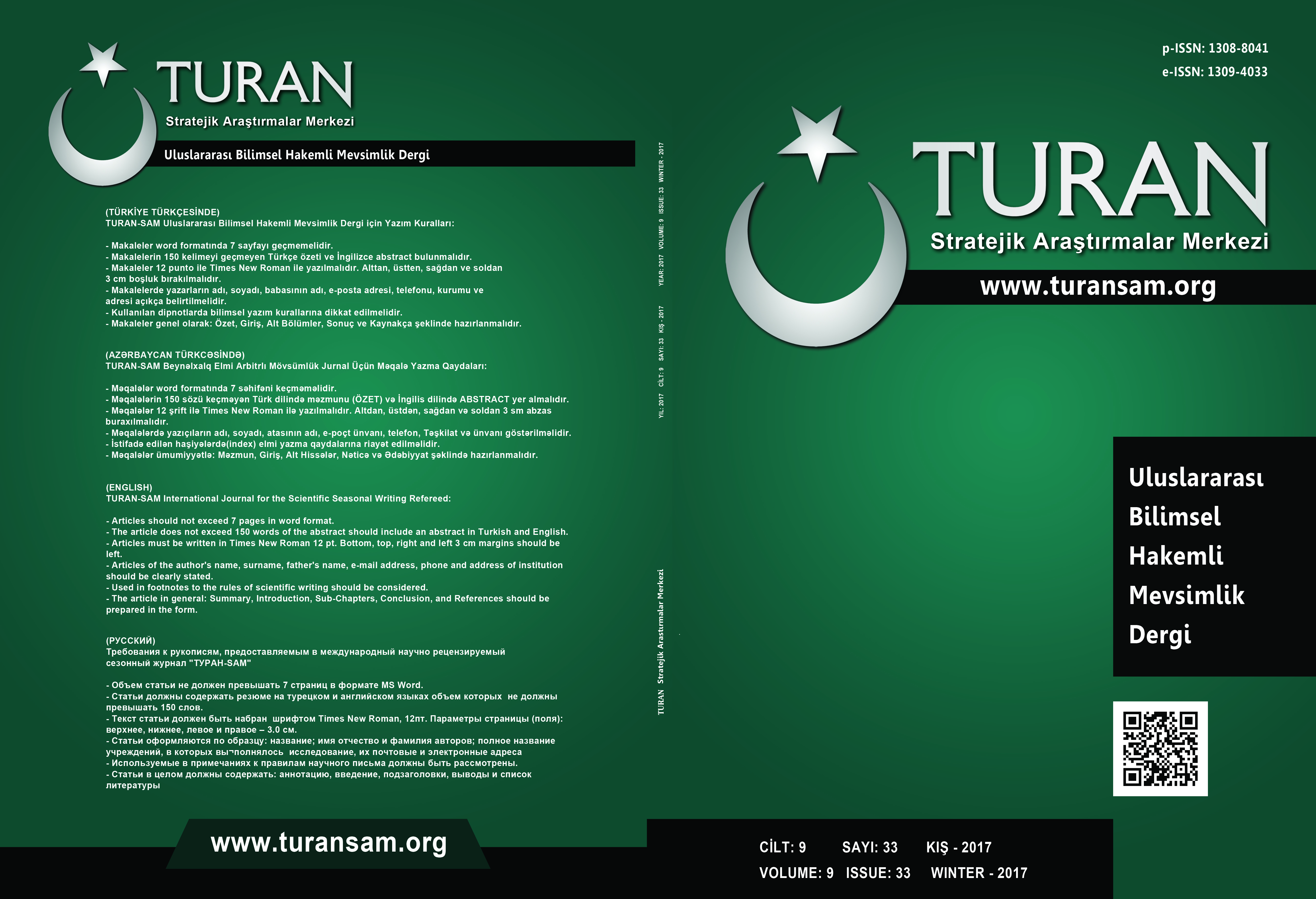Körfez (kocaeli) kiyi akiferlerinde tipik tuzlusu girişim riskinin özdirenç yöntemi ile belirlenmesi
Determination of resistivity method with the use of typical saltwater intrusion risk in coastal aquifers of Bay (kocaeli)
Author(s): Tekin Yeken, Tahir Serkan Irmak, Arzu Morkoyunlu YüceSubject(s): Energy and Environmental Studies, Human Ecology
Published by: Sage Yayınları
Keywords: coastal-aquifer; intrusion of saltwater; resistivity;
Summary/Abstract: In this study, Körfez (Kocaeli) coastal zones due to pollution, salinization of aquifers in order to determine the electrical resistivity method is applied. In practical work, the presence of saline zones near shore areas can be clearly seen. This salinity zone is to penetrate into fresh water aquifers by moving in the direction perpendicular to the coast. This saltwater intrusion is inclined in the direction of the coast from the seafloor. Hydro-static pressure due to static water level continues to lower the salt zone's progress. During the field studies, the resistivity profile cross-sections taken in the vertical direction; 62-94 Ω m in shallow are as like values were observed. This value for the fresh water aquifer is seen in the normal range. In contrast, a sudden drop in altitude decreases the sheet resistivity values were observed in the vertical direction. Research in the field of 2-4 Ω m show value of resistivity in the vertical direction and zone of salt water intrusion (intrusion) shows that progress. The proposals presented in the results of the research, the technique of drilling, underground basins are expected to contribute to the use and management issues.
Journal: TURAN-SAM
- Issue Year: 9/2017
- Issue No: 33
- Page Range: 242-248
- Page Count: 7
- Language: Turkish

